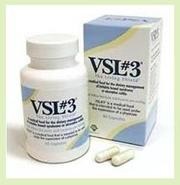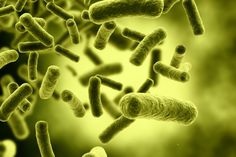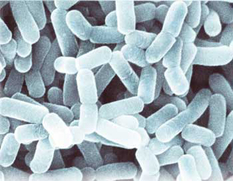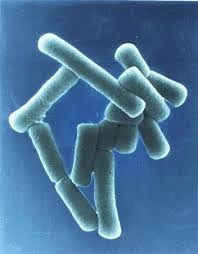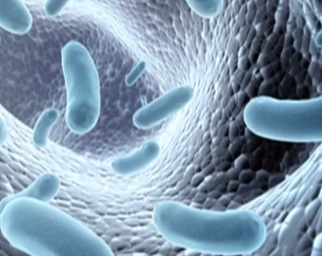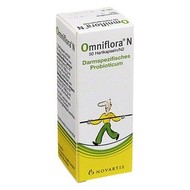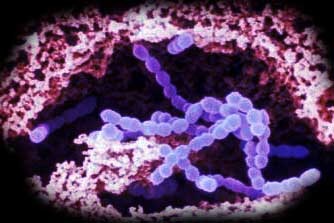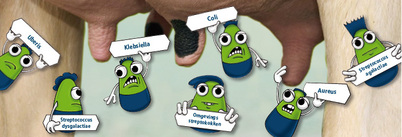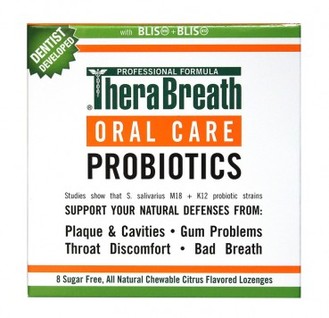
Dr. Harold Katz, LLC also known as "The Breath company" developed TheraBreath multisymptom probiotics and oral care probiotics "to actively attack the bacteria that is responsible for tooth decay, cavities, acid erosion, bleeding and sensitive gums, plaque, tooth staining, and other germ-related oral care maladies". These probiotics were developed specifically for colonizing the tongue, mouth, and throat.
